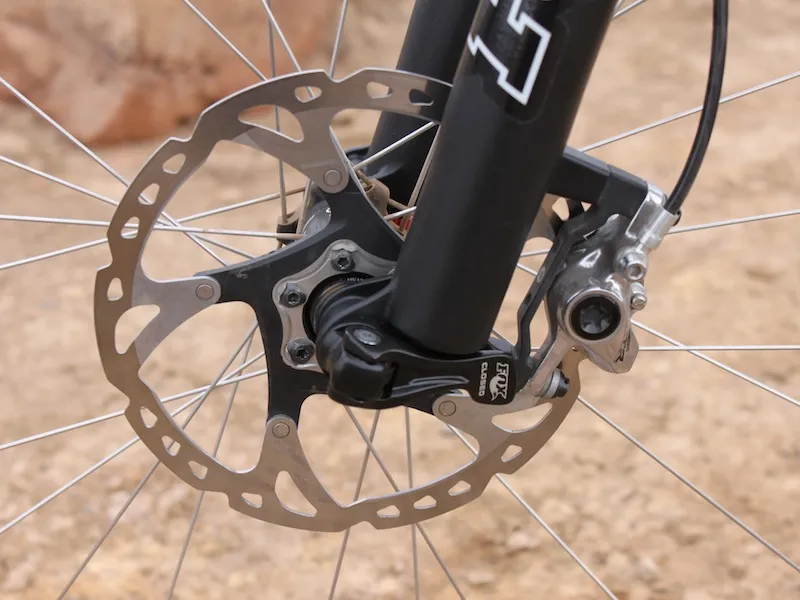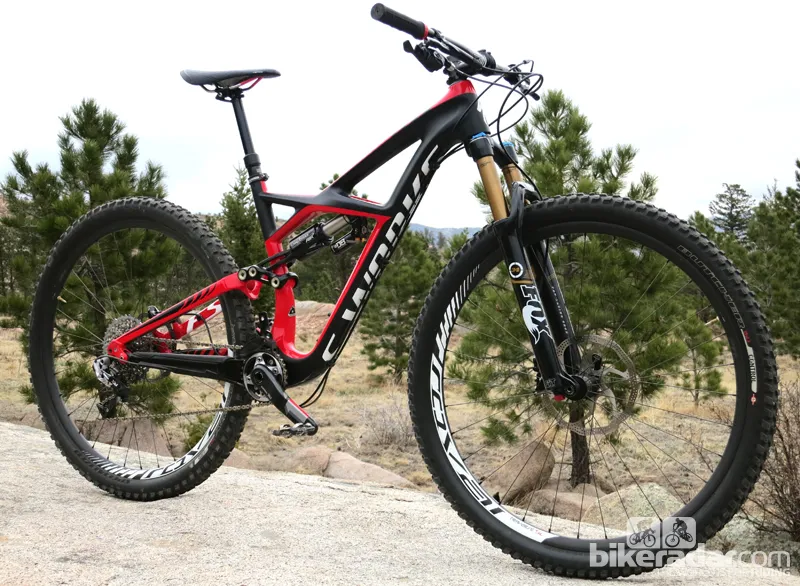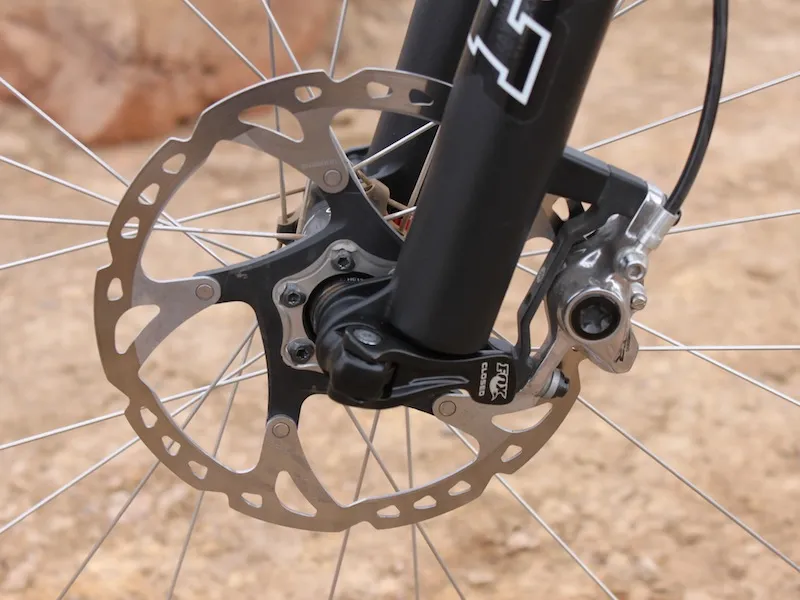Question: I’m building up a 29er hardtail and am swapping components over from my old 26in frame. I’ve read online that it might be a good idea to run larger rotors with bigger wheels. Should I replace my 160mm rotors with larger ones? If so, how large should I go?
Answer: Mountain bikers have a dizzying array of options to choose from, including three wheel sizes and up to five diameters of disc brake rotors.
SRAM’s HS1 disc brake rotors are available in five diameters: 140,160,170,180, and 200mm. Shimano, and most other brake companies, offers rotors in four sizes, which can still be a lot to choose from.
It’s particularly confusing if you’re a rider who uses one bike for more than one of the cookie-cutter descriptions we use to divvy up our sport. For example, do you ride a cross-country bike like an all-mountain bike? Or do you have a 5in trail bike that you occasionally race?
These are usually the situations where it pays to spend a bit of time assessing your needs, to make sure you have enough brake for where, what, and how you ride.
It’s certainly better to be 'overbraked' than under. If you’re not one to count grams, stick with a larger rotor. They do a better job of displacing heat generated from braking, and can provide better modulation.
On the flipside, larger rotors and their associated adapters weigh more and are more prone to rubbing (often more of a minor annoyance than a performance issue). They’re more exposed to trail hazards than smaller diameter rotors.

Larger wheels benefit from larger rotors, as do mountain bikes designed for aggressive riding
Wheel size and rotor diameter are related. In general, a 180mm front and 160mm rear rotor will provide you with ample braking power for a 29er hardtail. But there are several other factors to consider as well.
Things to consider when selecting rotor size
1. How much do you weigh?
As is the case with most components, lighter riders can generally get away with running lighter parts – that is, smaller rotors. If you’re pushing 90kg (200lb) you might want to consider larger rotors, depending on how you answer the next three questions.
2. What do you ride?
You can’t have a discussion about proper rotor size without knowing what type of bike you’re talking about. Wheel size, suspension travel, and intended use are all critical pieces of the puzzle.
Here are some general rules of thumb: 160mm rotors for cross-country (possibly with a 180mm front rotor for heavier riders and greater versatility); 180mm front and 160mm rear rotors for 5in and 6in full suspension bikes; 200mm rotors for gravity riding.

This all-mountain, 650b Norco Sight has 180mm front and 160mm rear brake rotors
Lighter riders and weight weenies might opt to run a 140mm rear rotor for XC racing. Gram counting is not just for the XC crowd, though – many DH racers opt to run 180mm, and sometimes 160mm, rear rotors.
It’s also important to keep in mind that many frames and forks have a maximum recommended rotor size. Many hardtail frames lack the seat- and chainstay clearance for rotors larger than 160mm. Some suspension fork manufacturers warn against using rotors larger than 180mm on their shorter travel forks.
3. Where do you ride?
If your trails lack extended descents and have only minor changes in elevation then step away from the 200mm pie plate and opt for a smaller, lighter rotor.
On the other hand, if you frequently ride in mountainous terrain with long, steep descents that require a fair amount of braking then larger rotors will do a better job of absorbing and then dissipating heat, reducing the likelihood of brake fade.
4. How do you ride?
Last but not least, if you endure the climbs to enjoy the descents you might benefit from larger rotors to keep your speed in check when you’re hanging it all out.
Likewise, if you’re a climber, the additional grams saved by running smaller rotors might be worth it. You could also swap your steel bolts for titanium ones, if you’re into that sort of thing. But, please, do your family a favor and run all six bolts.
What do you think? Have you found better braking performance by running larger rotors, or have you downsized to save weight? Let us know in the comments area below.


